What is the increasing order of reactivity of the following towards HCN addition?
PhCOCH3<CH3COCH3<HCHO
PhCOCH3<HCHO<CH3COCH3
HCHO<CH3COCH3<PhCOCH3
HCHO<PhCOCH3<CH3COCH3
The correct Answer is:A
To determine the increasing order of reactivity of aldehydes and ketones towards HCN addition, we need to consider two main factors: the inductive effect and the steric effect. Here’s a step-by-step solution:
Step 1: Identify the Compounds
We have three compounds to consider:
1. Formaldehyde (an aldehyde)
2. Acetone (a ketone)
3. Phenyl ketone (an asymmetric ketone)
Step 2: Understand the Nucleophilic Addition Reaction
In nucleophilic addition reactions, the nucleophile (CN⁻ from HCN) attacks the carbonyl carbon (C=O) of the aldehyde or ketone. The reactivity of these compounds towards HCN depends on:
- The positive character of the carbonyl carbon (inductive effect)
- The steric hindrance around the carbonyl carbon (steric effect)
Step 3: Analyze the Inductive Effect
- Formaldehyde has no alkyl groups attached, making the carbonyl carbon more positive due to the absence of electron-donating groups.
- Acetone has two methyl groups, which are weakly electron-donating. This reduces the positive character of the carbonyl carbon compared to formaldehyde.
- Phenyl ketone has a phenyl group, which is a strong electron-withdrawing group due to resonance. This increases the positive character of the carbonyl carbon more than in acetone.
Step 4: Analyze the Steric Effect
- Formaldehyde has the least steric hindrance as it has no bulky groups.
- Acetone has two methyl groups, which provide some steric hindrance but are smaller than a phenyl group.
- Phenyl ketone has a bulky phenyl group, which creates significant steric hindrance, making it less reactive towards nucleophiles.
Step 5: Combine the Effects
Considering both the inductive and steric effects:
1. Formaldehyde is the most reactive due to its high positive character and low steric hindrance.
2. Acetone is less reactive than formaldehyde due to the electron-donating methyl groups and moderate steric hindrance.
3. Phenyl ketone is the least reactive because of the strong steric hindrance from the phenyl group, despite having a relatively positive carbonyl carbon.
Conclusion: Increasing Order of Reactivity
Thus, the increasing order of reactivity towards HCN addition is:
Phenyl ketone < Acetone < Formaldehyde
We have three compounds to consider:
1. Formaldehyde (an aldehyde)
2. Acetone (a ketone)
3. Phenyl ketone (an asymmetric ketone)
In nucleophilic addition reactions, the nucleophile (CN⁻ from HCN) attacks the carbonyl carbon (C=O) of the aldehyde or ketone. The reactivity of these compounds towards HCN depends on:
- The positive character of the carbonyl carbon (inductive effect)
- The steric hindrance around the carbonyl carbon (steric effect)
- Formaldehyde has no alkyl groups attached, making the carbonyl carbon more positive due to the absence of electron-donating groups.
- Acetone has two methyl groups, which are weakly electron-donating. This reduces the positive character of the carbonyl carbon compared to formaldehyde.
- Phenyl ketone has a phenyl group, which is a strong electron-withdrawing group due to resonance. This increases the positive character of the carbonyl carbon more than in acetone.
- Formaldehyde has the least steric hindrance as it has no bulky groups.
- Acetone has two methyl groups, which provide some steric hindrance but are smaller than a phenyl group.
- Phenyl ketone has a bulky phenyl group, which creates significant steric hindrance, making it less reactive towards nucleophiles.
Considering both the inductive and steric effects:
1. Formaldehyde is the most reactive due to its high positive character and low steric hindrance.
2. Acetone is less reactive than formaldehyde due to the electron-donating methyl groups and moderate steric hindrance.
3. Phenyl ketone is the least reactive because of the strong steric hindrance from the phenyl group, despite having a relatively positive carbonyl carbon.
Thus, the increasing order of reactivity towards HCN addition is:
Phenyl ketone < Acetone < Formaldehyde
Similar Questions
the increasing order of reactivity of the following compounds towards reaction with alkyl Halides directly is :
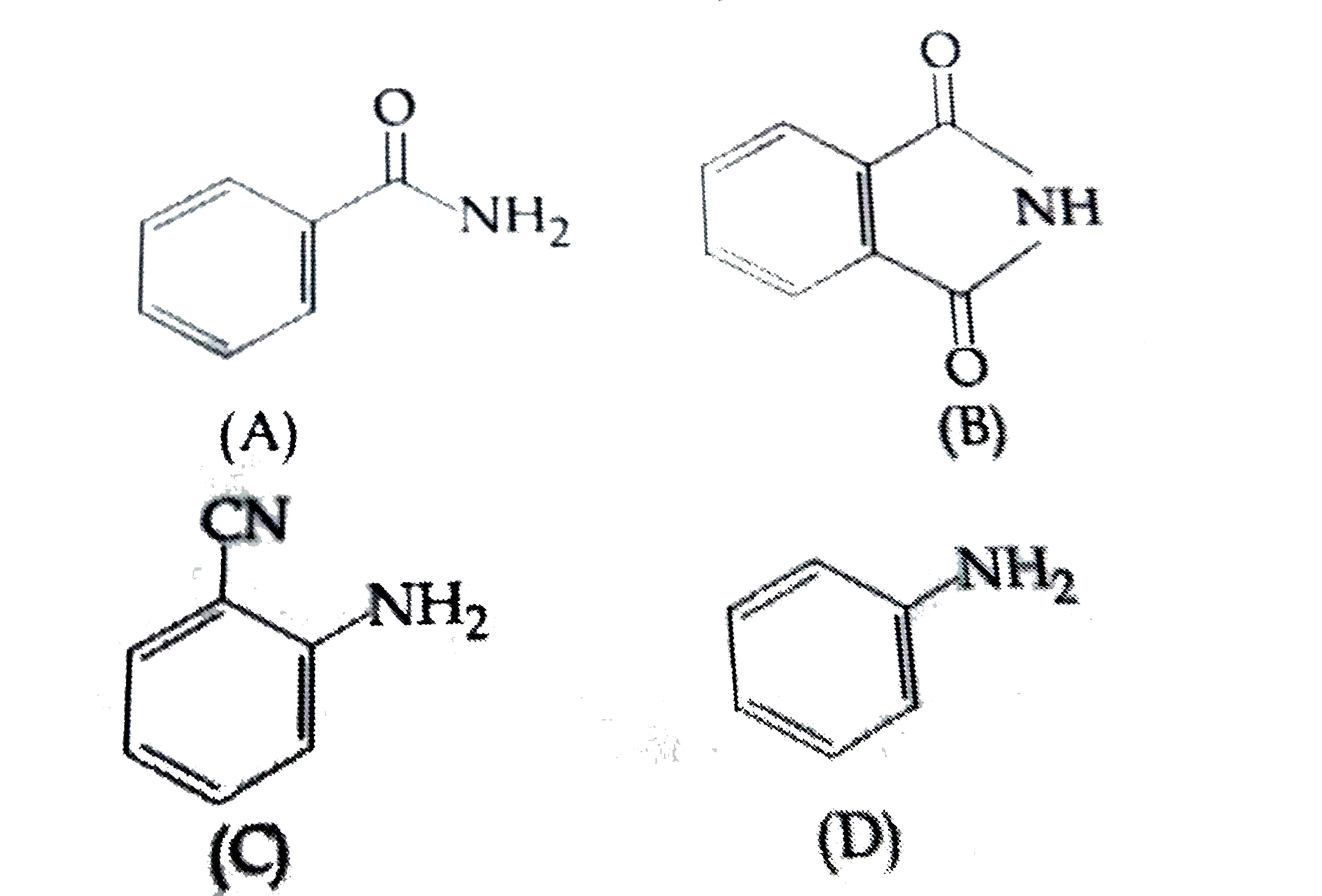
View SolutionThe increasing order of reactivity of the following with LiAlH4 is :

View SolutionThe increasing order of reactivity of the following compounds towards aromatic electrophilic substitution reaction is:

View SolutionThe increasing order of reactivity of the following compounds towards aromatic electrophilic substitution reaction is :

View SolutionThe increasing order of the reactivity of the following with LiAIH4 is :
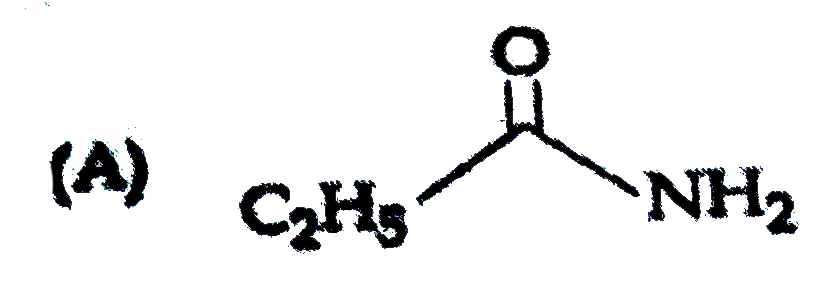

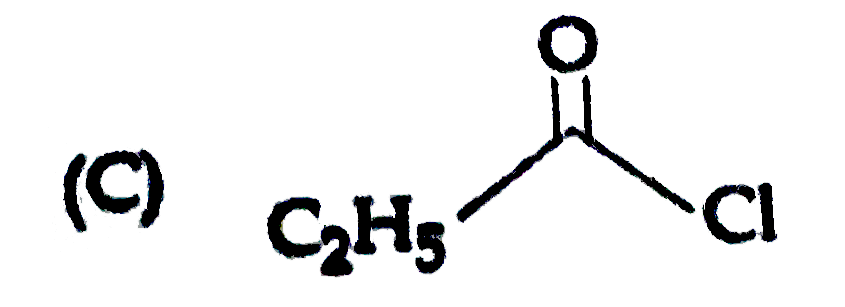

View SolutionThe order of reactivity of the following alcohols towards conc. HCI is
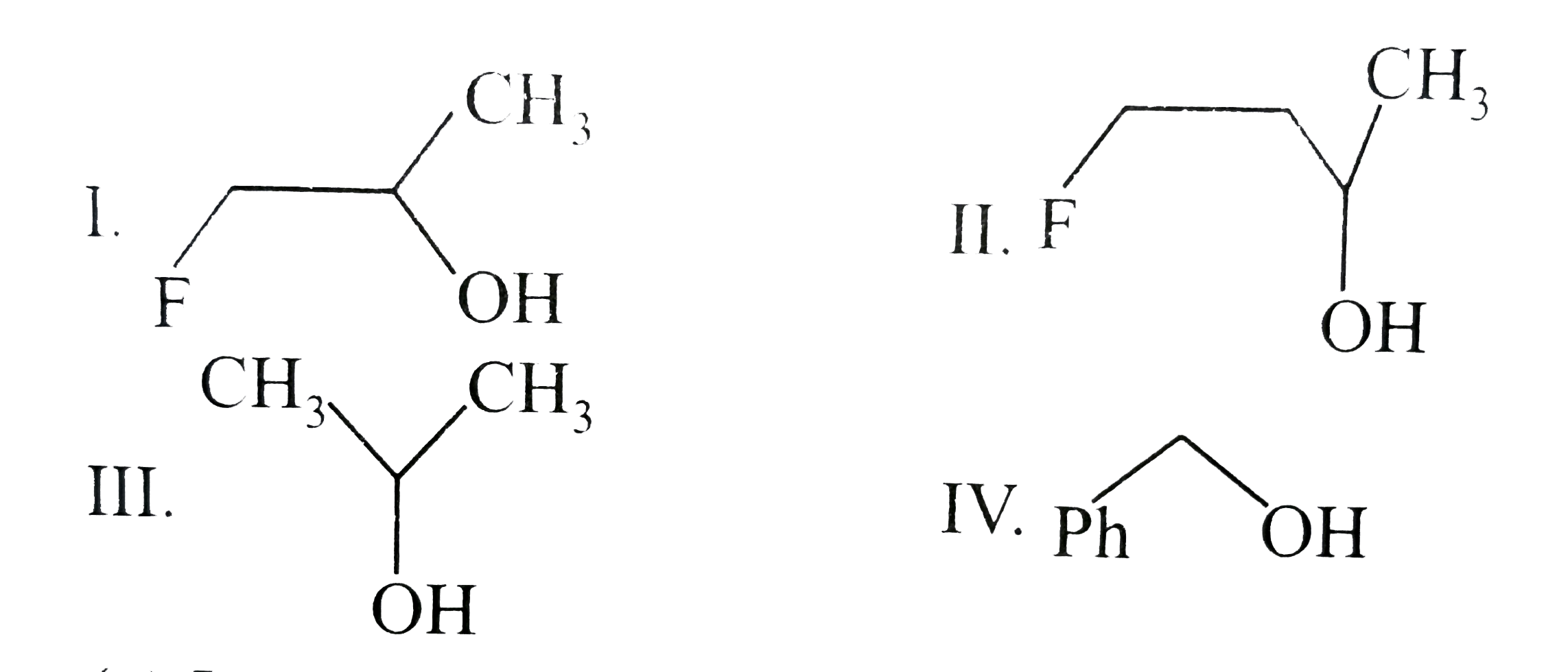
View SolutionThe increasing order of the reactivity of the following compounds towards electrophilic aromatic substitution reactions is :
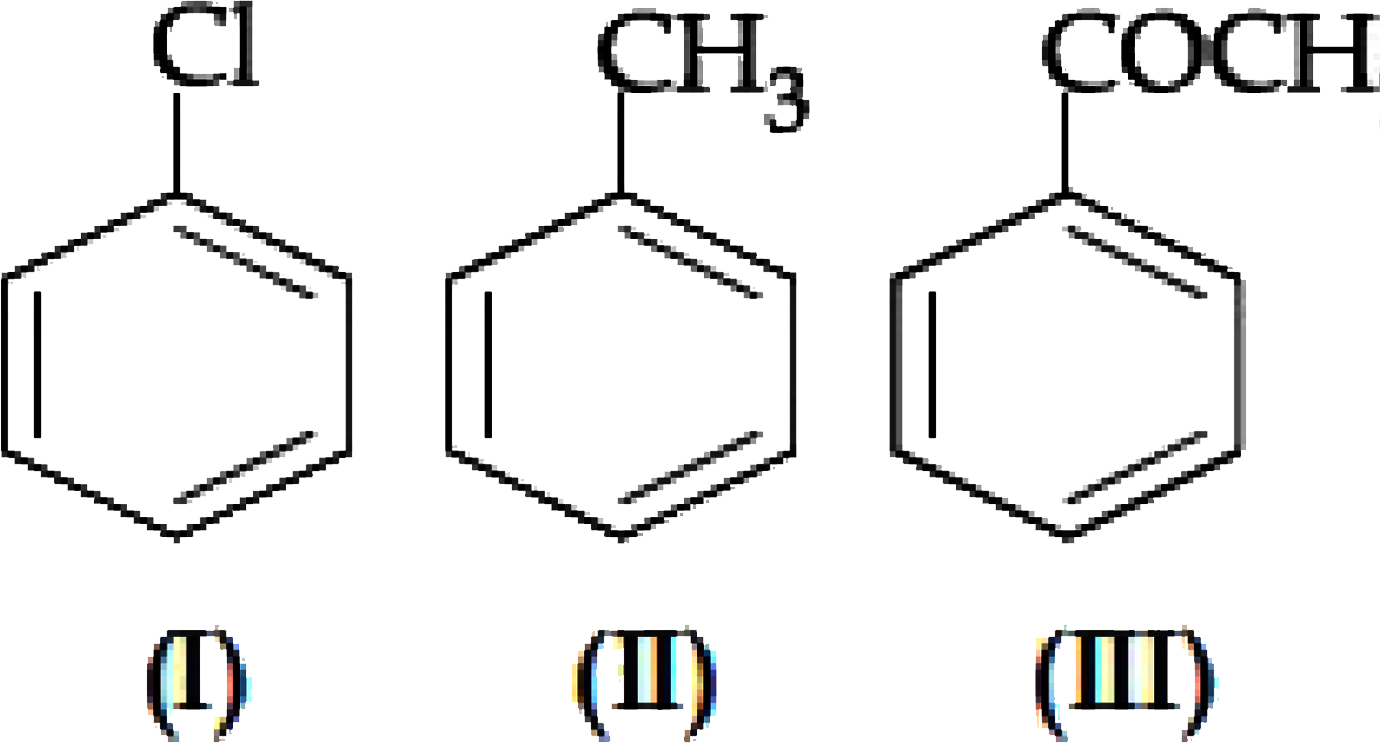
View SolutionMark the correct increasing order of reactivity of the following compounds with HBr/HCl.
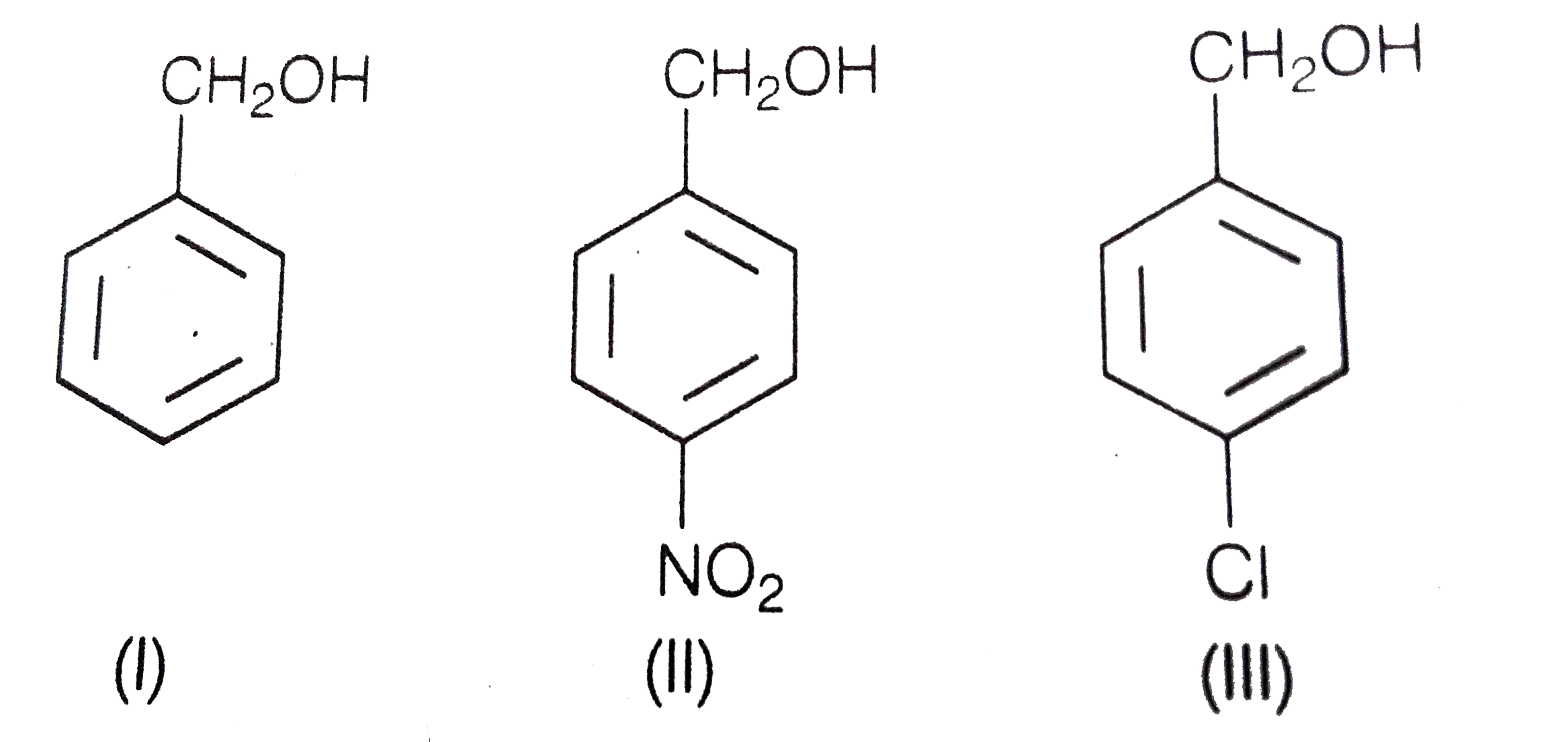
View SolutionMark the correct increasing order of reactivity of the following compounds with HBr/HCI.
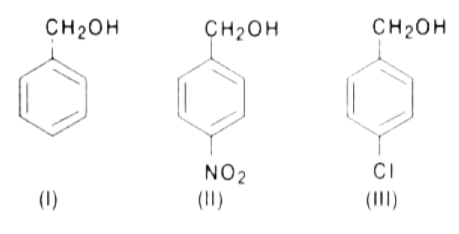
View SolutionMark the correct increasing order of reactivity of the following compounds with HBr/HCl.

View Solution
